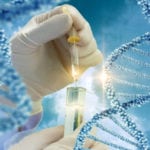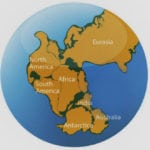 Animals
Animals  Animals
Animals  Weird Stuff
Weird Stuff 10 Weird Things People Used to Do at New Year’s
 Our World
Our World 10 Archaeological Discoveries of 2025 That Refined History
 Weird Stuff
Weird Stuff 10 Fascinating Facts You Might Not Know About Snow
 Miscellaneous
Miscellaneous Top 10 Things Crypto Was Supposed to Change & What Actually Did
 History
History 10 Huge Historical Events That Happened on Christmas Eve
 Music
Music 10 Surprising Origin Stories of Your Favorite Holiday Songs
 History
History 10 Less Than Jolly Events That Occurred on December 25
 Weird Stuff
Weird Stuff 10 Funny Ways That Researchers Overthink Christmas
 Politics
Politics 10 Political Scandals That Sent Crowds Into the Streets
 Animals
Animals 10 Species That Refused to Go Extinct
 Weird Stuff
Weird Stuff 10 Weird Things People Used to Do at New Year’s
 Our World
Our World 10 Archaeological Discoveries of 2025 That Refined History
Who's Behind Listverse?

Jamie Frater
Head Editor
Jamie founded Listverse due to an insatiable desire to share fascinating, obscure, and bizarre facts. He has been a guest speaker on numerous national radio and television stations and is a five time published author.
More About Us Weird Stuff
Weird Stuff 10 Fascinating Facts You Might Not Know About Snow
 Miscellaneous
Miscellaneous Top 10 Things Crypto Was Supposed to Change & What Actually Did
 History
History 10 Huge Historical Events That Happened on Christmas Eve
 Music
Music 10 Surprising Origin Stories of Your Favorite Holiday Songs
 History
History 10 Less Than Jolly Events That Occurred on December 25
 Weird Stuff
Weird Stuff 10 Funny Ways That Researchers Overthink Christmas
 Politics
Politics 10 Political Scandals That Sent Crowds Into the Streets
10 Amazing Ways Forensics May Tell Us Whodunnit
In the last couple of years, forensic scientists have developed new ways to identify the perpetrators of crimes or their victims that would have seemed like science fiction only a couple of decades ago. Let’s just say you may never feel comfortable talking in front of a potato chip bag again—especially if you’re a criminal.
10Blowfly Maggots
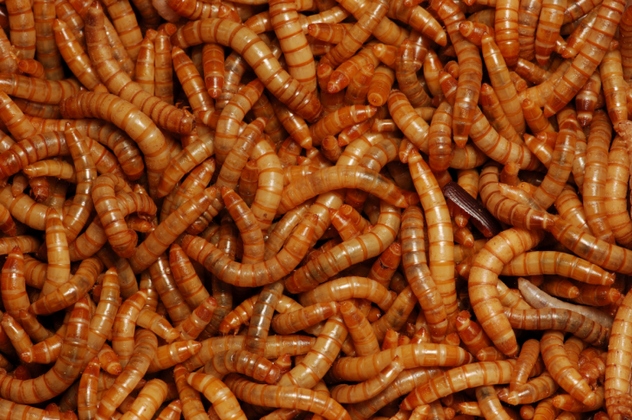
In a forensic investigation, it’s critical to correctly estimate the time of death, also known as the postmortem interval (PMI). Determining the PMI can be helpful to detectives investigating murders and suicides as well as accidental or unattended deaths from natural causes. In cases where death occurred at least 72 hours earlier, specimens of blowfly maggots are collected from the corpse and examined under a compound microscope.
In many parts of the world, the non-biting blowfly, Chrysomya megacephala, commonly breeds in dead bodies. Within minutes of death, blowflies are attracted by the smell of a corpse and lay their eggs on the dead body. The eggs develop into larvae, which feed on the corpse until they reach maturity. By examining the most mature blowfly larvae found on the body and the succession pattern of these insects, forensic investigators can estimate the PMI. The existence of certain toxins in a dead body can also be detected in blowfly samples. In addition, the presence of toxins and gunshot residue can affect the rate of development of blowflies. These factors can provide investigators with critical evidence in shooting and intoxication cases.
9Lipstick Traces
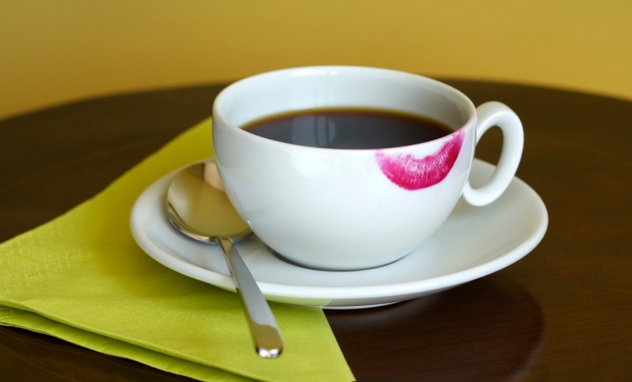
Forensic investigators examine lipstick traces from a crime scene to place a particular person at that location or to determine if two people (such as a suspect and victim) had physical contact. But until recently, the methods used to analyze lipstick traces were either destructive or dependent on human opinion.
Now, University of Kent researchers have come up with a better way to identify someone’s brand of lipstick without contaminating the lipstick by removing it from an evidence bag. This newer technique is called “Raman spectroscopy.” It can quickly analyze microscopic lipstick samples through transparent layers like evidence bags. So investigators can examine lipstick marks on cigarette butts, glasses, or tissues from a crime scene without destroying the evidence.
Raman spectroscopy uses a microscope to collect the light that’s scattered by the lipstick. A small portion of that light is scattered at wavelengths different from the light’s original wavelength, because vibrational energy in the lipstick’s molecules has changed. Using Raman spectroscopy, each type or brand of lipstick yields its own vibrational fingerprint. The lipstick sample from a crime scene can then be identified by comparing it to the known spectra of lipsticks.
8Lumicyano Fingerprint Detection
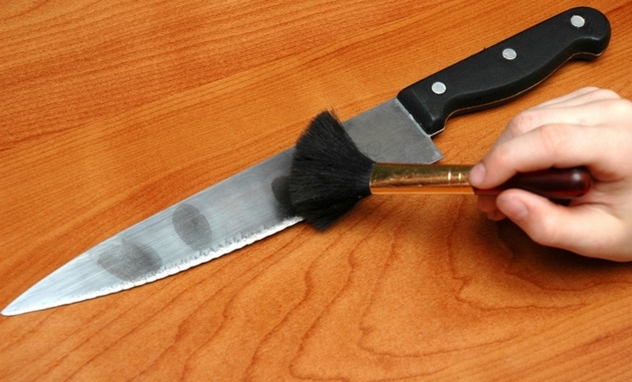
Fingerprints are important evidence when investigating crimes. But traditional methods of detecting fingerprints have problems. For example, “Super Glue” (a special spray that reacts with a fingerprint to leave a white deposit) doesn’t work well if the fingerprint is light or on a light-colored surface. Even if investigators take the second step of using a fluorescent colorant to dye the print, it can take as long as two days to work and may destroy any DNA present in the fingerprint. In addition, these types of colorants are toxic, carcinogenic, and usually too expensive to be used by local police.
That’s where a newer product, Lumicyano, comes to the rescue. It highlights fingerprints directly, more quickly, and less expensively than the two methods just described. It doesn’t destroy DNA, either. Lumicyano combines the traditional cyanoacrylate of Super Glue with a molecule of the tetrazine family (currently the smallest known fluorescent colorants). By spraying Lumicyano on a fingerprint in a process called fuming, the print becomes visible and can be photographed under a UV lamp or any other type of forensic lighting. The FBI, Scotland Yard, the French Police and Gendarmerie, and many other police forces worldwide have already successfully used this newer method of fingerprint detection.
7Home Microbes
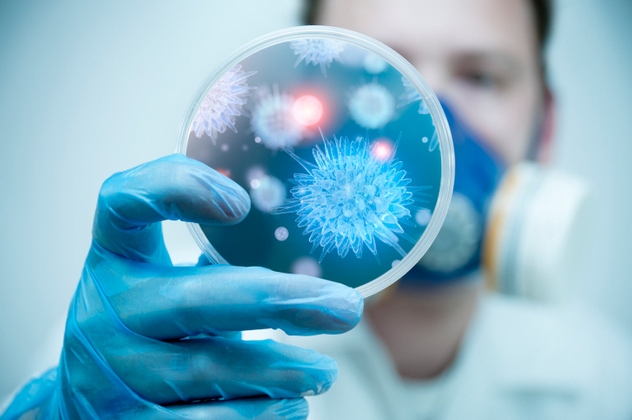
According to a study published in Science, we populate our homes with our own bacteria. When we move, our bacteria move with us. This study was done for health reasons, but one of the researchers believes that home microbiome studies could be useful to forensic investigators, too. For six weeks, the Home Microbiome Project collected microbial samples from seven families (including their pets). Once a day, each human participant swabbed his or her nose, hands, and feet. The countertops, doorknobs, floors, and light switches in each house were also swabbed. Afterward, researchers from the US Department of Energy’s Argonne National Laboratory and the University of Chicago conducted DNA analysis to identify the microbes from each sample.
They discovered that people bring their own microbes into a house. When three of the families moved to new houses, each family populated their new house with their own microbes in less than 24 hours. Family members with close physical contact, like married couples and their young kids, shared the most microbes. Not surprisingly, people’s hands had the highest number of shared microbes within a household, while noses had the least.
As for using home microbes as a forensic tool, Argonne microbiologist Jack Gilbert gives this example: If you took an unidentified microbial sample from a floor in their study, these researchers could easily tell you which family produced it. This study also suggests that when someone moves out of a house, the microbial community in that house changes significantly within a few days. According to Gilbert, “You could theoretically predict whether a person has lived in this location, and how recently, with very good accuracy.”
6Chemically Treated Cloth Fibers
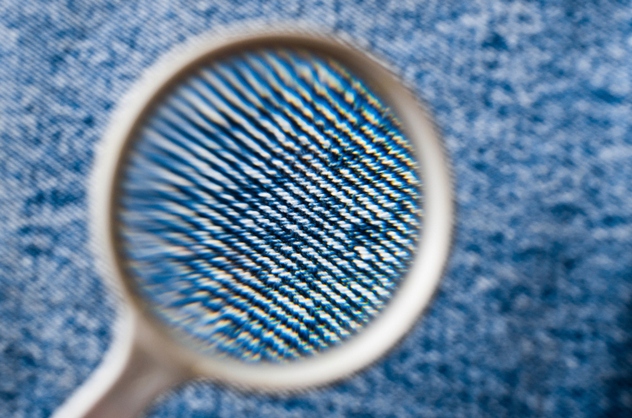
White cotton fibers are so numerous and look so much alike that forensic investigators tend to ignore them at crime scenes. But scientists are working on a newer forensic method to detect the chemical signatures on these fibers, coming from manufacturing processes designed to make cloth iron-free, stain-resistant, or waterproof.
This technique uses X-ray photoelectron spectroscopy (XPS) in a novel way. Normally, XPS zaps an untreated cloth sample with a focused X-ray beam in a process that identifies the chemical signature of the textile surface. But when using XPS with chemically treated cloth, the layers just beneath the surface need to be analyzed instead. So the scientists use a beam consisting of clusters of atoms from argon gas to drill a shallow hole at the top of the cloth surface to reveal the next layer. Then they use XPS to identify the fibers’ chemical signature. This way, investigators can tell the difference between cloth fibers that look the same but actually come from different chemical and manufacturing processes.
Until recently, XPS instruments were too expensive, took too long to work, and needed relatively large cloth samples. But XPS tools are becoming more feasible to use in forensic investigations. They now produce results in minutes with relatively small fiber samples. This method isn’t quite ready for prime time yet, but its creators believe it has incredible potential.
5Hair Vapors
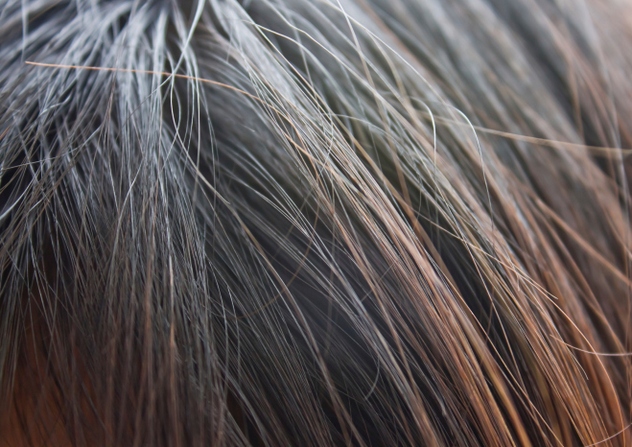
Law enforcement often relies on analysis of blood samples to determine the gender and ethnicity of people at crime scenes. But blood may deteriorate quickly and is easily contaminated. So researchers at Queen’s University have developed a new process to analyze human hair that has been incredibly accurate in early testing and quicker than current blood tests.
Unlike blood, hair is quite stable. The elements in a person’s hair come from secretions of sweat that depend on that person’s sex, ethnicity, and diet, as well as where that person lives and works. With their technique, the Queens University researchers first grind up the sample hair, then burn it, and finally analyze the resulting vapor for identifying information.
Their initial tests were 100 percent accurate, even for one sample of dyed hair. So far, they’ve been able to identify Caucasians, East Asians, and South Asians. Their next step is to improve their technique to determine specific ages, more ethnicities, and exact geographic locations from which the hair samples were taken.
4Lead In Teeth

When investigating a crime, detectives may have to first identify the victim before they can figure out who the criminal is. This is especially true with old or badly decomposed corpses. George Kamenov, a geologist from the University of Florida, has devised a method of analyzing the lead in a person’s teeth to determine where and when that person grew up. It works because our teeth absorb traces of lead from our environment when we’re young. Deposits of lead ore vary throughout the world. Forensic scientists should be able to figure out the country or broad region where a person grew up by analyzing the lead in their teeth. If you were born in one country and then moved to another, your teeth would show that, too.
The approximate age of a body can also be determined this way. For example, there was a period from the 1920s through the 1980s when we used leaded gas in our cars. The effect of that extra lead would show in an older person’s teeth and could help investigators to narrow down his age. Kamenov says that you can analyze other elements (like oxygen) in bones, hair, or nails to determine where someone lived for the past several months and, depending on the analysis, even the past decade.
3Arson

Scientists from the University of Alberta (UA) and the Royal Canadian Mounted Police (RCMP) National Forensic Laboratory Services have developed a computer program that analyzes chemical data from an arson investigation more quickly than human forensic scientists can. As one of the RCMP scientists, Mark Sandercock, said, “By getting the laboratory results back quickly, investigators can use this information to ask the right questions when interviewing people or evaluating other evidence, which will help them resolve the case more quickly by pointing them in the right direction.”
Usually, scientists examine three or four debris samples (such as burned carpet, cloth, or wood) in an arson investigation to try to determine what started the fire. But it can be difficult to identify the complex chemical signatures of gasoline, kerosene, and paint thinners because fires set off volatile compounds that can mask chemical data.
Currently, the data from each debris sample is examined by one scientist and then passed on to a second scientist to see if they agree on the cause of the fire. Each time, the entire process can take hours. But the computer program developed by UA and RCMP can do the job of the second scientist in seconds. If the computer analysis agrees with the conclusions of the first scientist, there’s no need to get a second scientist involved. So far, the computer program accurately isolates gasoline signatures. But the researchers want to test their program on other flammable liquids with the end goal of creating a commercial computer program for arson investigations and other uses.
2Child Abuse

There are certain forensic science techniques that are well established in detecting child abuse, but unfortunately, they’re not widely used in the US. So a team of forensic science experts from North Carolina University have put together a comprehensive guide to help investigators recognize child abuse and starvation. Their hope is to save children’s lives when possible or, if it’s too late, to see justice served.
One example is the death of a child from starvation. These are difficult cases to prove because you can’t evaluate the typical indicators of starvation when a body decomposes. But these experts suggest using a DXA scan to measure the child’s bone density. Similar to how older adults are evaluated for osteoporosis, a DXA scan can reveal whether a child suffered from severe malnutrition. Investigators should also analyze the difference between the development of a child’s bones and teeth because bones are more affected by malnutrition. One strong indicator of malnutrition in a child is the stunted growth of tibia.
Another example is rib fractures. A child is unlikely to break a rib in an accident, so if a doctor sees a rib fracture, there’s a strong possibility of abuse. These experts also delve into areas that require a judgment call from forensic investigators. One vital topic is making sure the caregiver’s story matches the child’s injuries.
1Silent Video That Talks
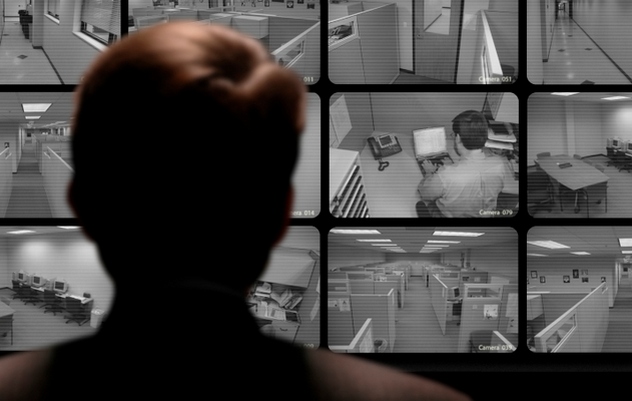
This is a mind-blowing technique that can turn an ordinary potato chip bag into a snitch. Researchers at Adobe, Microsoft, and MIT have found a way to recover audio signals from the tiny vibrations of objects captured on surveillance video. In their experiments, they detected useful sounds from silent videos of plant leaves, aluminum foil, and the surface of a glass of water. They even extracted recognizable speech from the slight vibrations of a potato chip bag that was filmed through soundproof glass from 5 meters (15 ft) away. “When sound hits an object, it causes the object to vibrate,” explains Abe Davis, a grad student from MIT, “The motion of this vibration creates a very subtle visual signal that’s usually invisible to the naked eye. People didn’t realize that this information was there.”
Different objects react to sound differently. But, in general, to recapture audio from video, the video frequency (or frame rate per second) must be higher than the audio frequency of the relevant sound. The researchers successfully used high-speed cameras that recorded at 2,000–6,000 frames per second. But even smartphones that routinely capture video at 60 frames per second yielded some audio information. It wasn’t as good as the sound from a high-speed camera. But even with a smartphone, the researchers were sometimes able to determine how many people were speaking in a room, their genders, and even their identities.
Forensic scientists could use this algorithm to finger a perp. As Alexei Efros, an associate professor at the University of California, says, “This is totally out of some Hollywood thriller. You know that the killer has admitted his guilt because there’s surveillance footage of his potato chip bag vibrating.”

